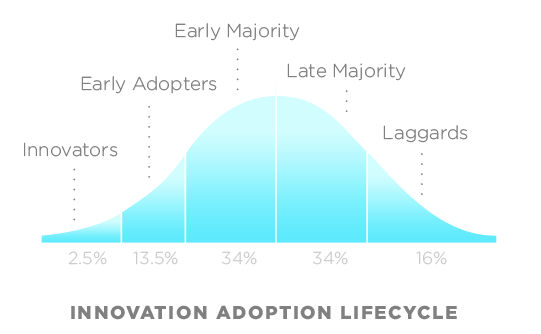Zoom is the platform that somehow won the online meeting software wars during the COVID-19 pandemic. I've previously used it, Adobe, Skype, Bluejeans, Citrix, GoTo, and many other platforms for virtual meetings, including doctoral defences, and webinars going back to the mid 2000s.
I've been climbing the Zoom pandemic pedagogy mountain since March 2020. Pandemic catch phrases and words that I predict will be added to the Urban Dictionary and the Oxford Dictionary for 2020 include:
- "un-mute yourself"
- Zoom-bombing
- "I'm Zoomed Out"
- Along with the message "your internet connection is unstable."
Five months after my initial giddy 😕 excitement at learning to become a Zoom Host, I have joined the multitudes who now know that Zoom Fatigue is very real. Recently, as we were planning our weekly Fall lab. meetings, at which my research students, colleagues and myself, chat while tackling questions related to our pandemic-adapted research., lab. member, PhD student, Jenna Leblanc, shared this great post on the website, Vidyard, about how to reduce and manage Zoom Fatigue.
Internet Communication and Collaboration are Mature
In March the university administration announced that they had bought thousands of Zoom licenses for course directors to deliver the remainder of the Winter Term virtually. The Faculty of Science IT Team led by the ineffable Violetta immediately organized multiple Zoom training workshops running over the weekend of 14-15 March.
I had to keep reminding both myself and my colleagues that internet learning platforms are NOTHING new (see my slides from a 2016 science communication workshop talk), and that Zoom is simply the next stage of adapting and evolving, even as the pandemic forced us to these modes of communication and learning more intensely than ever before.
- From my 2016 Science Communication workshop
York University switched to Moodle, the open access electronic learning platform in the 2009-2010 academic year. I never learned the earlier platform, WebCT, because when I went on a hiatus from undergraduate teaching in 2006, to be the director of a research institute, I was using an even earlier online teaching platform to post my Ecology lectures and handouts. This was a dedicated Department of Biology website, with a Webmaster, the long retired Biology Lecturer, Mr. Enore Gardonio!
So, back in 2010, when I was asked to teach Plant Biology, to cover for a colleague on sabbatical, I promptly took several Moodle workshops. I enjoy learning new ways of delivering science knowledge to students and citizen scientists alike, and Moodle's flexibility and power was entrancing. I tried out the real-time online chat functions, but never really had the need to do synchronous online teaching before the pandemic, so I dropped using that for "in-real life" office hours. I enjoyed embedding Youtube videos in my course Moodle classroom, and found the forums where students could ask questions very helpful. Of course, I also posted all my lectures, assignments etc., including pdf versions of laboratory manuals that saved students from carrying around paper and spending money.
The Innovation-Diffusion Curve
It's easy to forget that we are participants in the the Technology-Adoption Life Cycle, and it's well worth for us all to remember:
- Electronic learning platforms have been with us for two decades.
- Course instructors are constantly upgrading and learning the skills for teaching using these electronic teaching modes.






